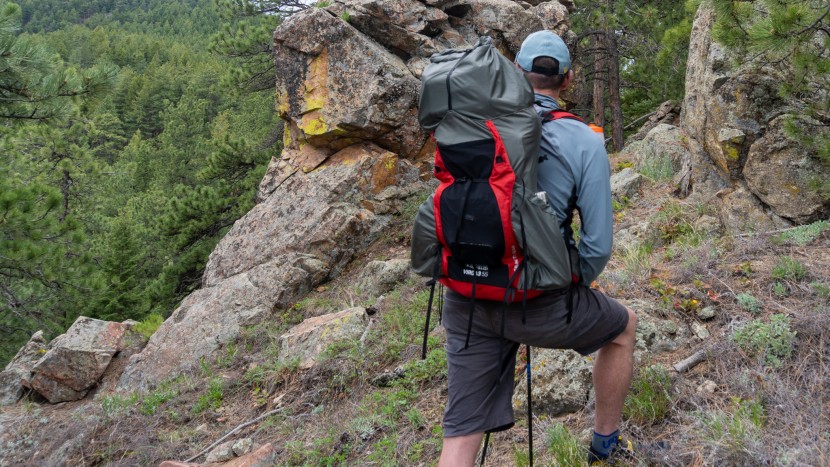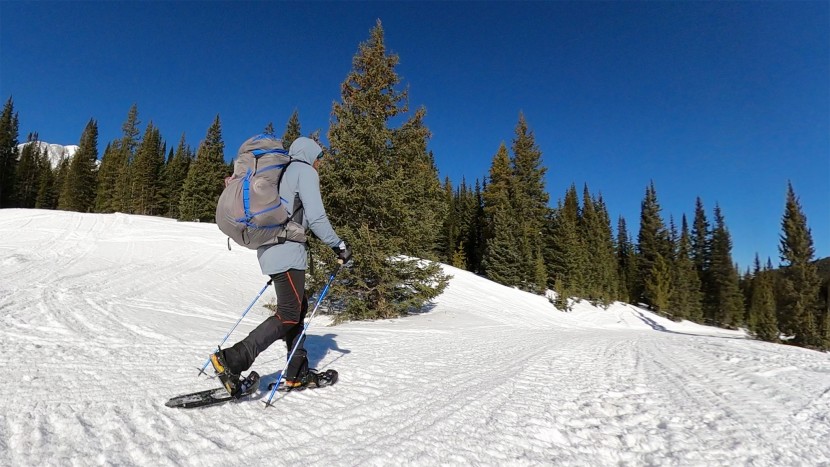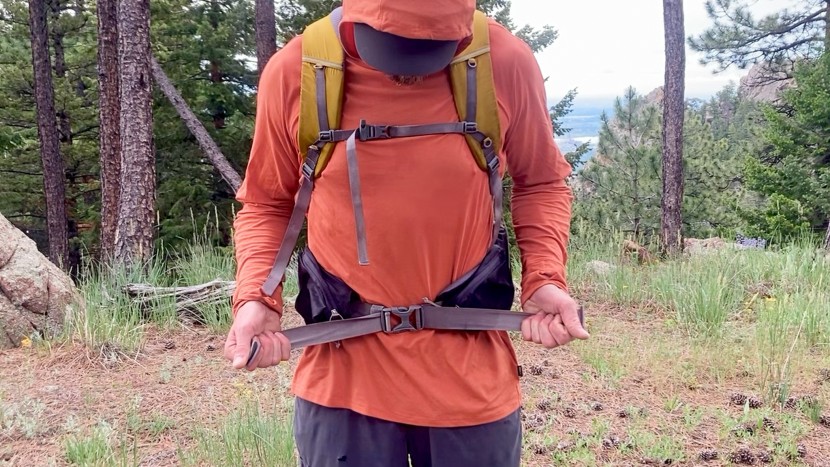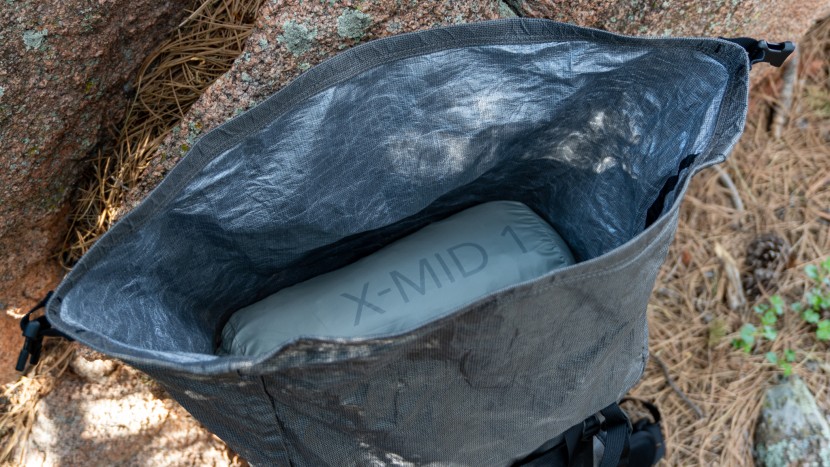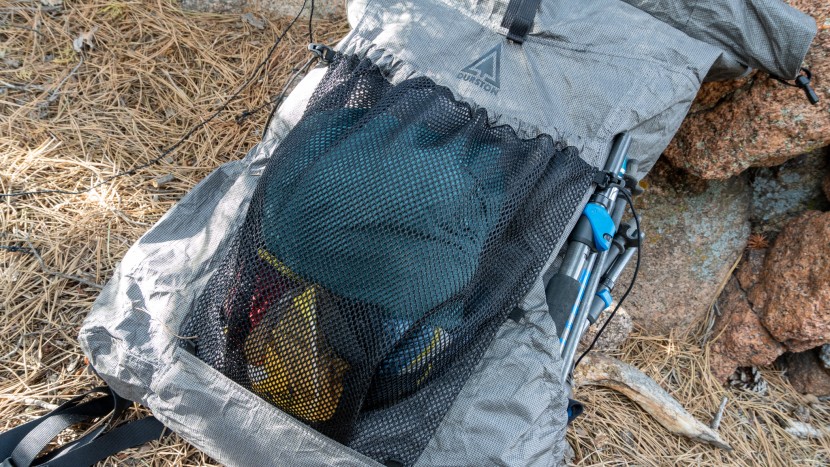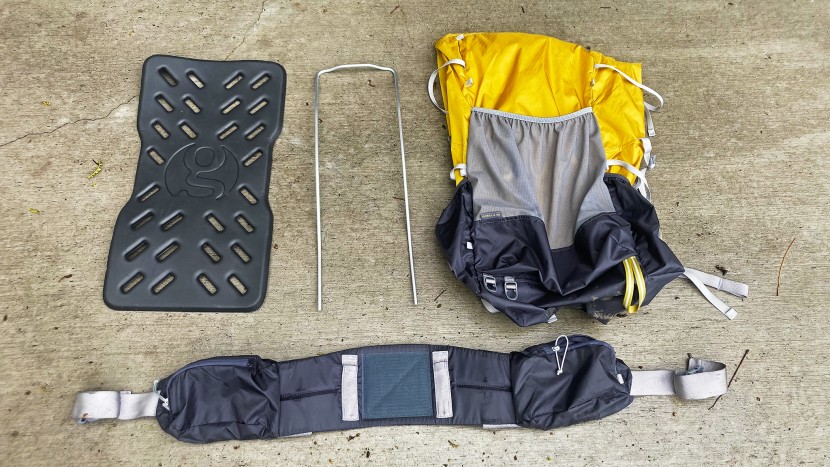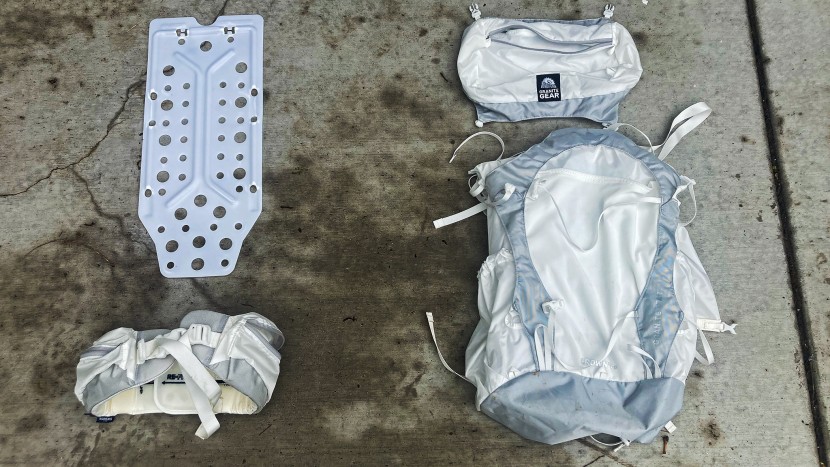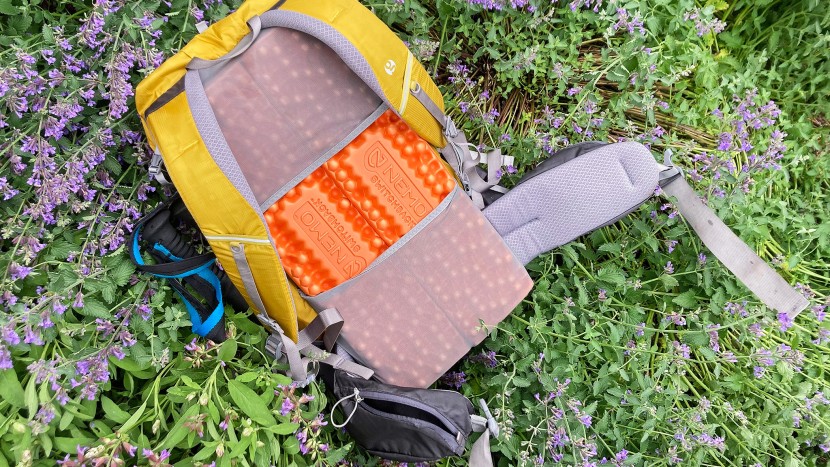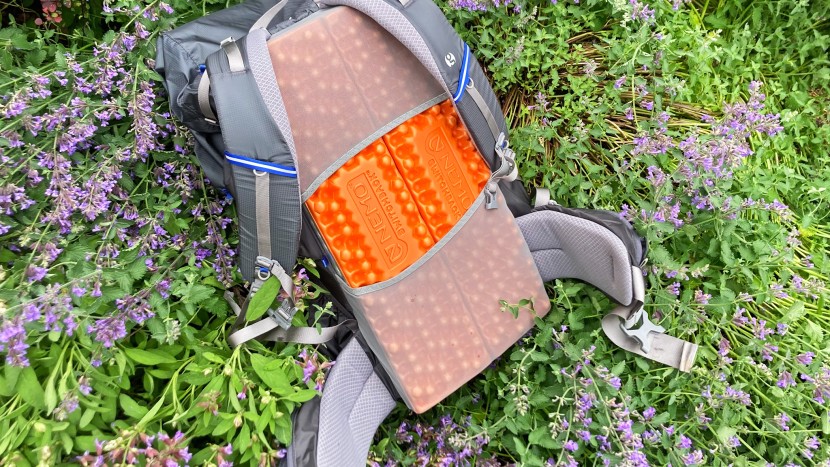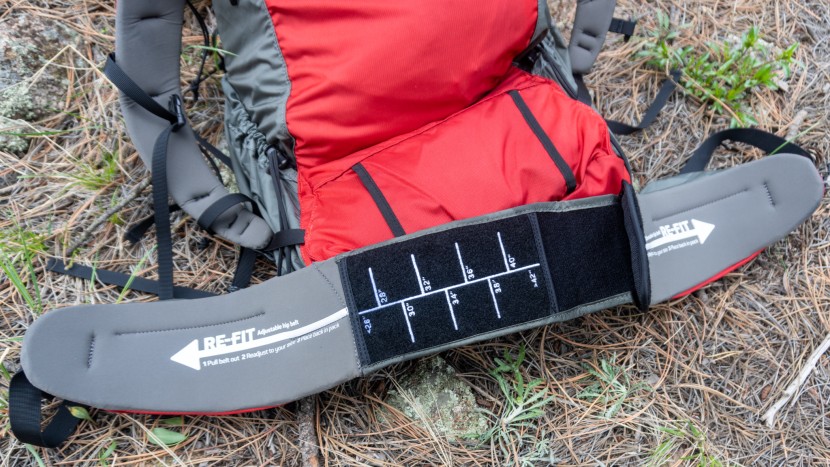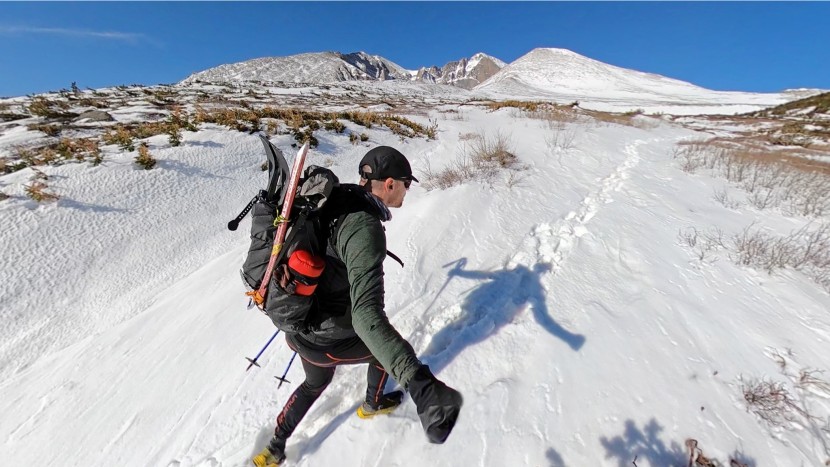As always, we subjected the backpacks we tested to a battery of laboratory testing and logged many trail miles with each. Our unique testing process at GearLab means we purchase all the products we test, scrutinize them in the lab, and play hard in the backcountry to give you the straight scoop.
Comfort
What's the point of a featherlight backpack if it's not comfortable enough to wear for days, weeks, or months at a time? Finding yourself six hours into a trip with sore shoulders, an aching back, and bruised hips is a nightmare way to start any adventure.
This metric covers those pain points so that you can avoid them yourself. We test each pack on how it carries various-sized loads by taking all these packs out with smaller 15-pound all-day kits and 30-pound multi-day kits to see how they handle.
We evaluated if the shoulder straps helped carry and stabilize the load or if they seemed to be digging into our shoulders on each step. We considered if the weight of the pack transfers down into the hip belt through the frame effectively. We also tested if the packs were still comfortable after we removed various components.
Trips in the field helped illuminate the strengths and weaknesses in each pack's design, comfort, and load carrying. We encountered situations we'd never considered and couldn't emulate testing in the lab. We took each of these packs on multiple trips out onto our favorite trails.
Ease of Use
For ease of use, we evaluated how easy, usable, and functional each of the packs' features were. Are features present to only check a box, or do they deliver a better experience to the user?
Weaker products in the ultralight category find the need to compromise on the user's experience in an attempt to hit a specific weight. Instead, a well-designed ultralight pack will be both featherlight while delivering features and usability via careful design and engineering to deliver the most impactful features.
We'd rather a feature be missing than half-baked and that the product has a clear design direction they're going for rather than trying to appease everyone just to make a sale. Individual features like the main pack body, interior pockets, various exterior pockets, and top lid are just some of the more important features we're evaluating.
Weight-to-Volume Ratio
We measure the volume of each pack — the main interior pocket, plus all of the exterior pockets — independently using a variation of the ASTM ball test with ping pong balls. (And it's important to note that we've used the same method across all our backpacking backpack categories, so you can easily compare volumes based on our direct comparisons.)
To make a fair comparison, we meshed this data with our digitally measured weights for each pack. If elements of a pack are designed to be removed, we weighed each element separately.
Depending on the weight of the load you want to carry, you may opt to go without parts of your pack to save some grams. Or utilize parts of your kit instead of what comes with the pack. For example, some models allow you to use your sleeping pad as your pack's back pad.
Finally, we compared the ratio of the weight of each pack to its volume. With this ratio, we can better compare pack weights across a spectrum of volumes to help you find the pack with the features you want at the lightest relative weight.
Adjustability
When we talk about Adjustability in ultralight packs, we're looking at a few important attributes. First, we look at how well the pack adjusts to the wearer's body. Are the shoulder straps adjustable and comfortable? Are there load lifters for when your total pack weight varies through a long haul as your food supplies dwindle? Does the back padding and framework with you, or are you constantly fiddling and fighting to have it rest nicely on your back? Does the hip belt cinch down well, or is all the weight still on your shoulders? Can it tighten down to a smaller size as you lose your 9-5 office weight and become a chiseled state-traversing trail monster over the course of the summer?
We also consider how well the pack can be malleable to work on various adventures. Can you reasonably use the same pack that works impressively for a seven-day trip to also work for one long day in the mountains? Can you strip down the pack of unneeded features and weight if you want to go for a quick overnighter, then put back those components next month for a cross country thru? Can you easily lash on gear mid-route to help load out a buddy's kit or bring some extra provisions for an especially challenging section? Will a pack that rides well with a ten-pound load feel passable with a 30-pound load?
We also tested each pack to see how well they packed up and carried typical gear. What are your options when carrying snacks, water, a bear canister, and a phone/camera? Are there obvious pack homes for these items, or do you have to get clever? Would it be better to purchase additional accessories, and are those accessories readily available from the manufacturer?

